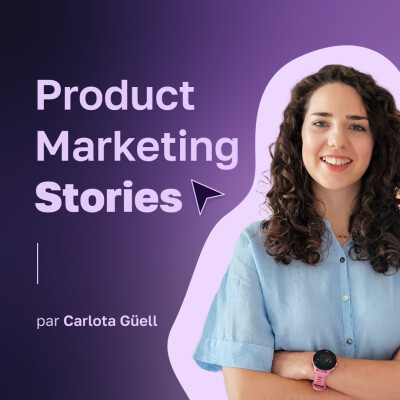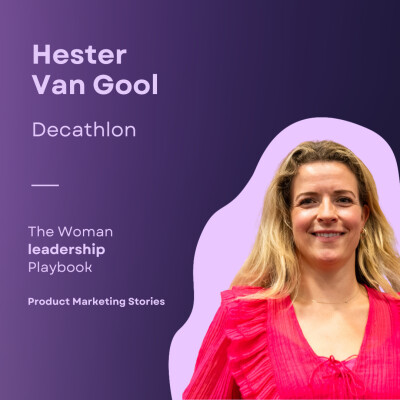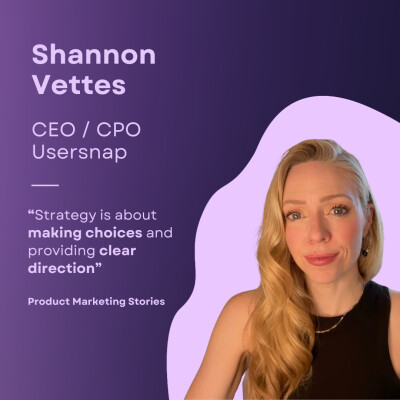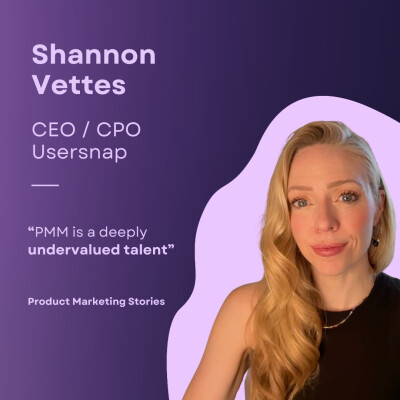Description
In this episode, Chloe and Dan provide a summary of their roundtable discussion from the recent PMA Summit in Paris.
Chloe is the Director of Product Marketing, while Dan focuses on Partnerships at Docker, a software company used by 20 million developers.
In this short episode, you'll discover:
👉 Why evolving the storytelling of a product suite enables reaching new audiences and fostering deeper engagement.
👉 How to ensure that sales and marketing teams deliver the right messages to address various audiences
👉 Strategies for staying relevant in communication without causing confusion among the core audience.
👉 Best practices for helping partners effectively promote the product.
👉 Their exploration of value-based marketing and its impact on the feedback loop.
Enjoy!
It is the first time a release this kind of episode (en english!), don't hesitate to tell me what you think about it via private message on Linkedin.
RESSOURCES🛠️
Discover plenty of resources & courses on Product Marketing Alliance
CONTACT ME👋
Write to me on Linkedin: your feedback brings me joy!
Follow the Linkedin account Product Marketing Stories to stay updated on the release of new episodes.
SUPPORT THE PODCAST FOR FREE🙏
Subscribe 🔔
Leave a 5 ⭐ review on Spotify and Apple Podcasts (here).
Mention the podcast on Linkedin and share it with everyone who wants to develop their skills in Product Marketing!
Vous aimerez cette émission, si vous aimez : Marketing Square • Le Podcast du Marketing • Le café du market • Clef de Voûte • Lenny’s Podcast • Les podcasts du Ticket • Product Squad
Ici on parle de : Product Marketing • branding • business • communication • carrière • PMM • PM • Sales enablement • positionnement • messaging • go to market, • stratégie de lancement produit • copywriting • storytelling • inbound marketing • conseils marketing • marketing automation • marketing digital • growth marketing • persona • réseaux sociaux • stratégie • IA • freelance • audience • chatgpt • email marketing • saas tech B2B • B2C • use-cases • positioning • best practice • product management • product design • women leadership • pricing • founding PMM • competitive intelligence • concurrence • insights • buyer persona • user journey • funnel marketing • marketing mix
Hébergé par Ausha. Visitez ausha.co/politique-de-confidentialite pour plus d'informations.

![How to evolve a product suite's storytelling | Docker | Chloe Cucinotta & Dan Stelzer [PMA SUMMIT] cover](https://image.ausha.co/rECAunYe9bbDKAavZImUXfmVWNHqWDG1hLtJJioD_400x400.jpeg)
![7 conseils pour débuter, évoluer, avoir de l'impact en Product Marketing par 7 leaders [COMPIL] cover](https://image.ausha.co/nqkjNGjVYsnB6dTySjCrBjLZEgp2BQUnjSEteQN5_400x400.jpeg)


